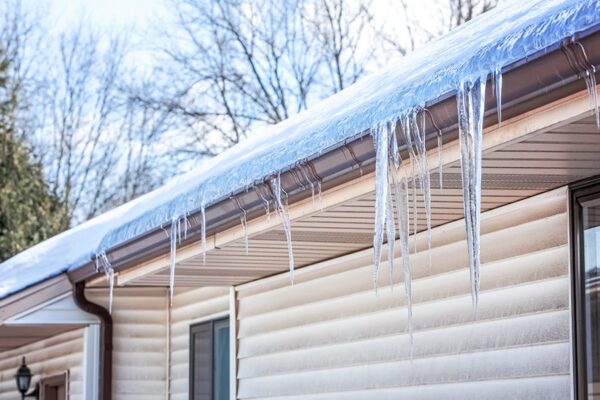According to the FMCSA, sleep apnea is a serious breathing-related sleep disorder estimated to affect 3 out of every 10 commercial drivers. There are many types of sleep apnea, but obstructive sleep apnea (OSA) is the most common. The disorder causes pauses in breathing during sleep, which significantly affects the quality of sleep and can lead to excessive daytime drowsiness and fatigue. Because of these side effects, sleep apnea increases the chance a driver will fall asleep behind the wheel and cause an accident.
Typical symptoms of sleep apnea include gasping or choking while sleeping, loud snoring and disturbed sleep. While you may not know the quality of sleep your drivers get unless they tell you, other symptoms—such as excessive daytime drowsiness and memory and concentration problems—may be more obvious while the driver is on the job.
Current FMCSA regulations do not explicitly state that all drivers need to be tested or treated for sleep apnea. However, they prohibit carriers from hiring drivers with existing medical conditions that could compromise job performance. The FMCSA has specifically noted that sleep disorders, including sleep apnea, could be severe enough to impair performance and make a driver unfit for work. Keep in mind that each state has its own set of medical standards for driving a CMV in intrastate commerce, and many have determined that sleep apnea is a disqualifying condition.
Even if the FMCSA does not require it, sleep apnea screenings for new and existing employees can help you reduce the hazards caused by fatigued drivers, along with the potential costs they can incur. It’s worth noting that a sleep apnea diagnosis doesn’t have to disqualify a driver from service automatically. The disorder is highly treatable; lifestyle changes, such as losing weight, often significantly reduce the symptoms. Drivers can also talk to their doctors about mechanical controls, such as the continuous positive airway pressure (CPAP) machine, which can help with airflow during sleep.
It’s important to offer assistance and support to drivers who suffer from sleep apnea and other fatigue problems so they are willing to seek treatment without fear of losing their jobs. In addition to informing drivers of the dangers of sleep apnea, educate them on the signs and symptoms of the disorder so they can play a role in prevention by monitoring themselves.
For more risk management guidance, contact The Horton Group, Inc. today.
Material posted on this website is for informational purposes only and does not constitute a legal opinion or medical advice. Contact your legal representative or medical professional for information specific to your legal or medical needs.


